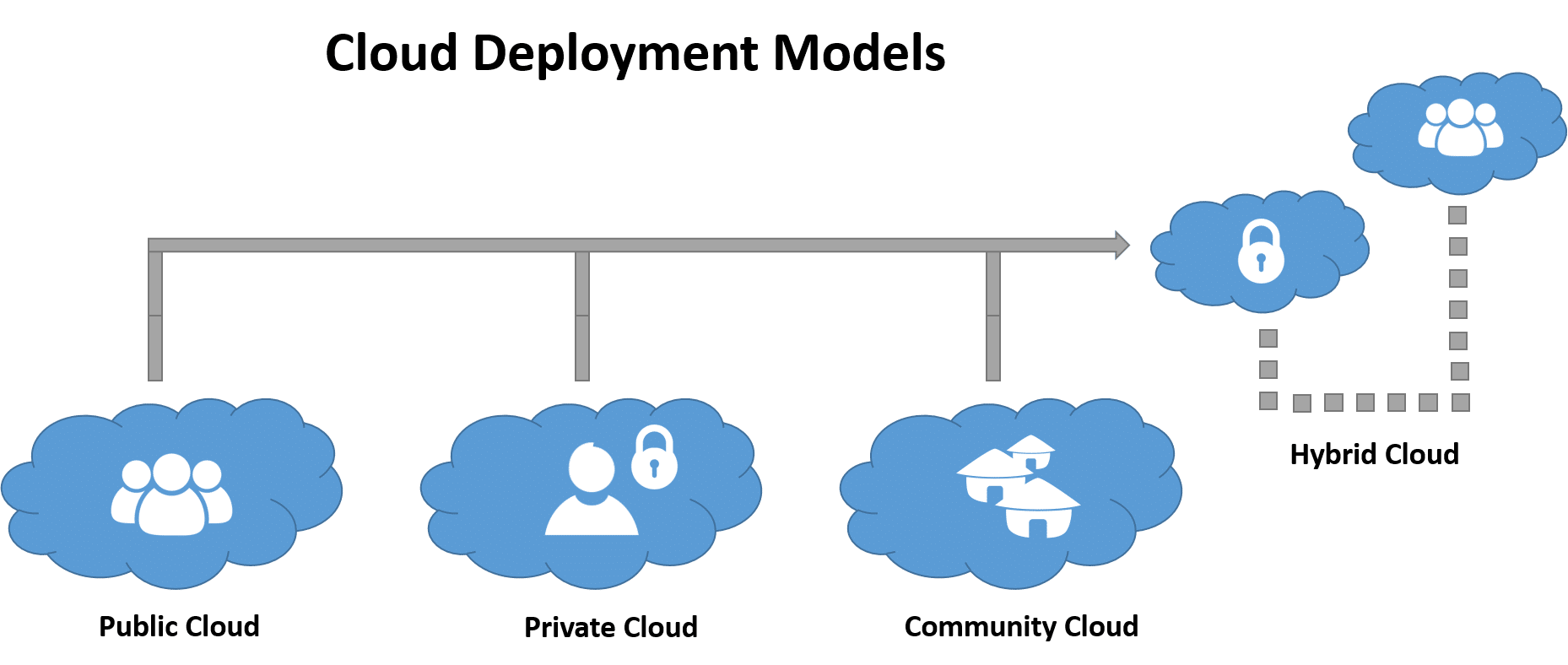In the ever-evolving landscape of technology, businesses are increasingly turning to cloud services to enhance their operations, improve scalability, and boost overall efficiency. However, with a myriad of options available, selecting the right cloud services for your business can be a daunting task. In this comprehensive guide, we’ll walk you through the key considerations to help you make informed decisions and navigate the cloud with confidence.
1. Define Your Business Goals and Needs:
Before diving into the sea of cloud services, take a step back and evaluate your business objectives. Clearly define your goals, identify the specific needs of your organization, and understand the challenges you aim to overcome with cloud adoption. Whether it’s improving collaboration, enhancing data security, or achieving cost savings, having a clear roadmap will guide your cloud service selection.
2. Understand Different Cloud Service Models:
Cloud services come in various models, each offering distinct advantages. The three primary service models are Infrastructure as a Service (IaaS), Platform as a Service (PaaS), and Software as a Service (SaaS). IaaS provides virtualized computing resources, PaaS offers a platform for application development, and SaaS delivers ready-to-use software applications. Understanding these models will help you determine which aligns best with your business requirements.
3. Choose the Right Deployment Model:
Cloud services can be deployed in different ways, including public, private, hybrid, and multicloud. Public clouds are hosted by third-party providers, private clouds are dedicated to a single organization, hybrid clouds combine public and private elements, and multicloud involves using multiple cloud providers. Selecting the right deployment model depends on factors like data sensitivity, regulatory compliance, and scalability needs.

4. Evaluate Security Measures:
Security is a top concern when it comes to cloud services. Assess the security features offered by potential providers, including data encryption, access controls, and compliance certifications. Look for providers such as Tech Gloves with robust security protocols and a proven track record in safeguarding sensitive information.
5. Consider Scalability and Performance:
One of the key benefits of cloud services is scalability. Ensure that the chosen provider can accommodate your business’s growth and handle fluctuations in demand. Evaluate performance metrics such as speed, uptime, and reliability to guarantee a seamless user experience for your customers and employees.
6. Budget and Cost Considerations:
While cloud services offer cost advantages, it’s crucial to understand the pricing models and factors that contribute to costs. Consider factors such as data transfer fees, storage costs, and potential hidden charges. Optimize your budget by choosing a provider that aligns with your financial goals and provides transparent pricing.
Conclusion:
In the complex world of cloud services, navigating the options requires a thoughtful and strategic approach. By defining your business goals, understanding different service models, evaluating security measures, considering scalability, examining SLAs, and managing costs, you’ll be well-equipped to choose the right cloud services for your business. Embrace the power of the cloud and propel your business into a more agile and competitive future.
Tech Gloves: Let us manage IT for you ![]()
![]()
![]()

